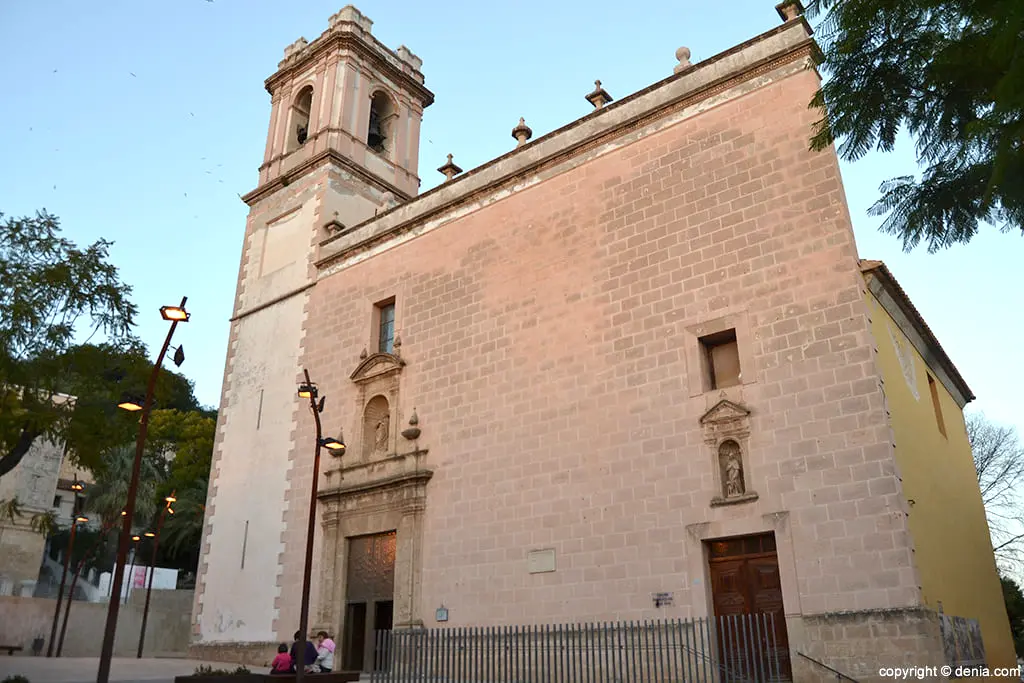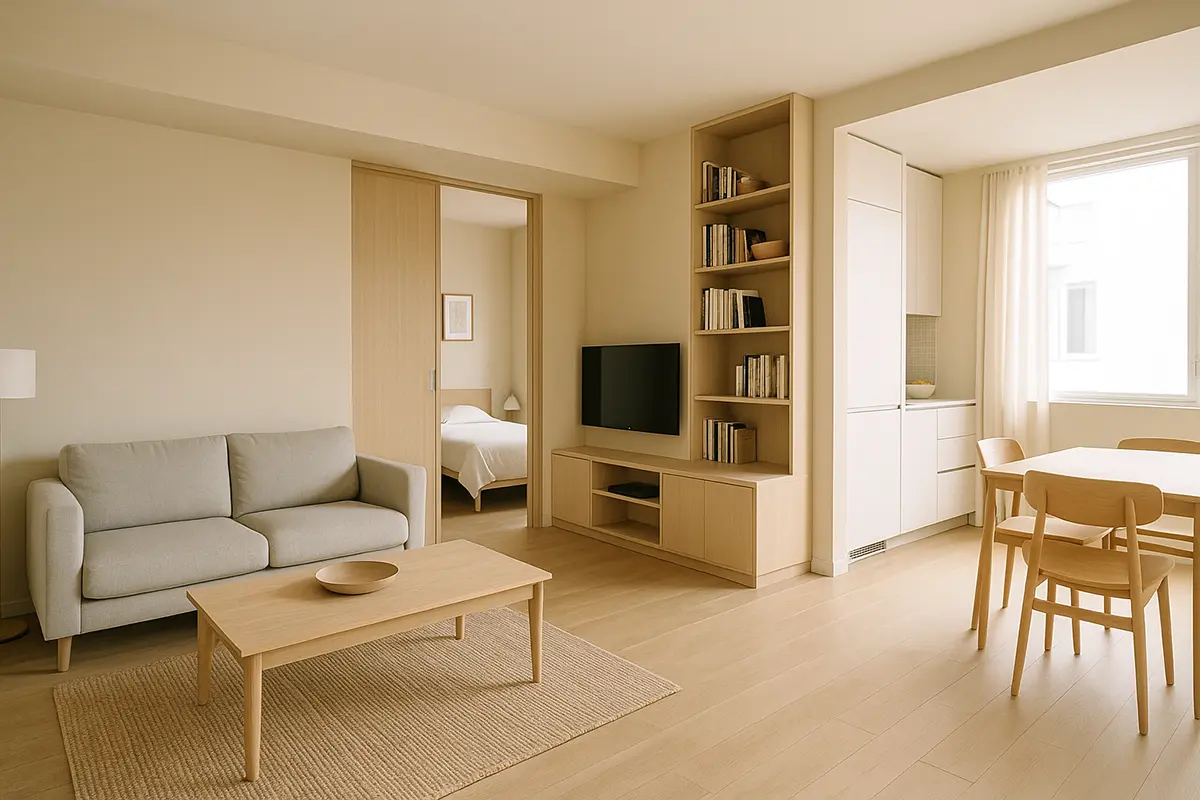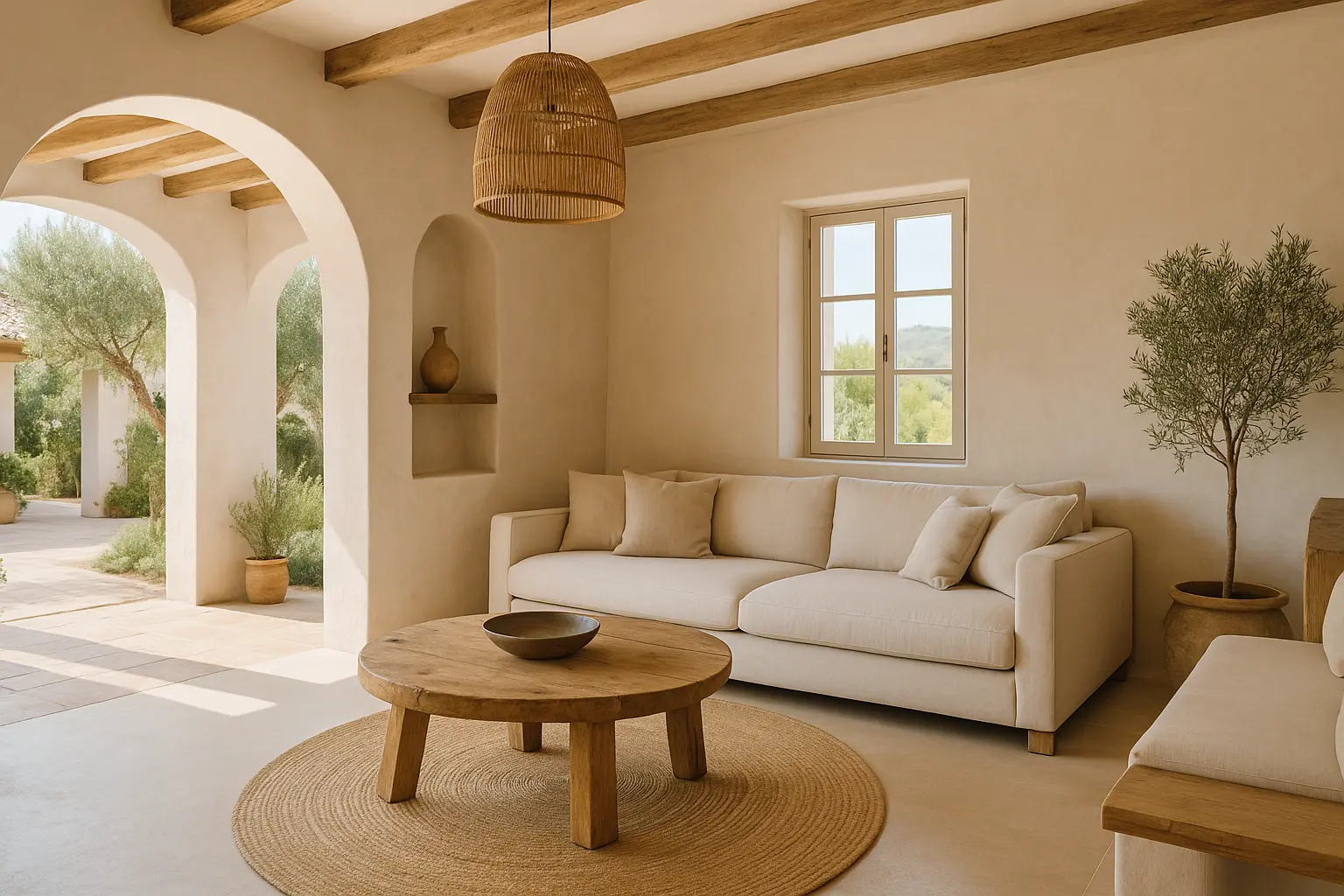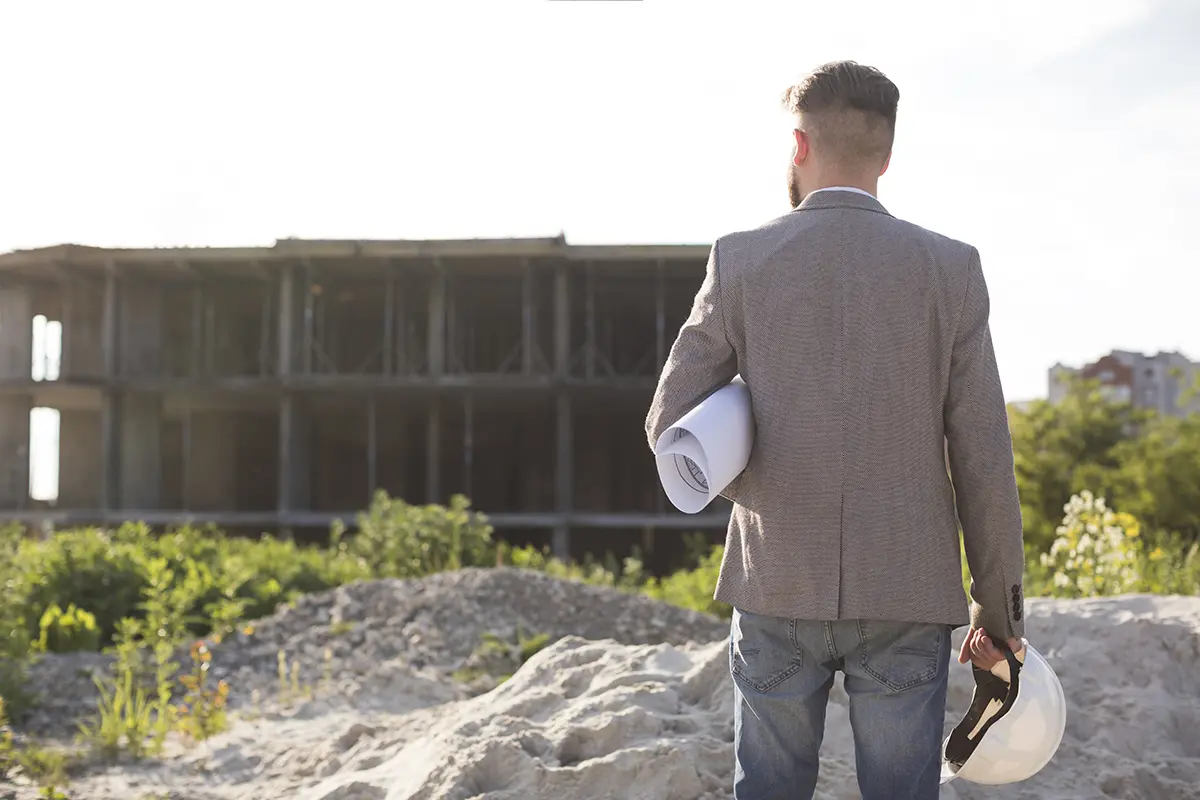Unique building of Denia
Denia is distinguished by its unique buildings of great historical and architectural value. The Castle and the Church of the Assumption are just an example of the city’s rich heritage. Other elements like the Convent of the Augustinians, the Pier, and the Hermitage of Pare Pere complete this unique architectural ensemble in Denia.
History of the Castle of Denia
The Castle of Denia has a fascinating history dating back to the Islamic era in the 11th-12th centuries. Initially built as a defensive fortress, it has witnessed multiple events over the centuries, showing the architectural and cultural evolution of the region.
Islamic era and initial construction
- Origin in the Islamic era in the 11th-12th centuries
- Defensive and strategic function
- Initial construction as a fortress
Notable architectural elements
The Castle of Denia features a variety of architectural elements that reflect its historical importance and cultural value. Among the notable elements are:
- Defensive walls and towers
- Inner courtyards and gardens
- Audience halls and noble residences
- Remains of Islamic structures
Other historical buildings in Denia
Denia has other buildings of great historical value that enrich its architectural heritage. Apart from the Castle, the Church of the Assumption, the Convent of the Augustinians, the Customs House, and the Bulwark stand out.
Church of the Assumption

The Church of the Assumption is an example of Baroque architecture with a Neoclassical façade. Its construction dates back centuries and has witnessed the city’s history over time. The church is an important landmark in Denia, both architecturally and culturally.
Convent of the Augustinians
The Convent of the Augustinians is another emblematic building of Denia that forms part of its historical legacy. Its architecture is representative of the era in which it was built, and its presence in the city adds significant cultural value. The convent is a place of interest for visitors who wish to learn more about Denia’s history.
Customs House and Bulwark
The Customs House and the Bulwark are historical elements that stand out in the urban landscape of Denia. These buildings have particular importance in the city’s history, having witnessed key events over the centuries. Their architecture and location make them landmarks for those interested in exploring Denia’s heritage.
Unique buildings in the maritime environment
Denia boasts a prominent architectural presence in its maritime environment, where buildings of great historical and cultural relevance are found.
Pier and Port of Denia
The Pier and the Port of Denia have witnessed centuries of commercial and maritime activity, being key points in the city’s history. Today, they are places of great tourist and social interest, combining tradition and modernity.
Torre Arguimbau and other elements
The Torre Arguimbau, with its unique architecture, represents a milestone in the maritime landscape of Denia and offers a unique view of the coast and its surroundings. Furthermore, other architectural elements in this environment, such as ancient warehouses and maritime constructions, add historical and aesthetic value to Denia’s coastal area.
Religious architecture in Denia
Denia has a rich religious architectural tradition that includes several buildings of great cultural and spiritual importance.
Hermitage of Pare Pere
The Hermitage of Pare Pere is an emblematic place of worship in Denia, known for its traditional architecture and historical significance to the local religious community.
Church of San Antonio de Padua
The Church of San Antonio de Padua is a religious building with a characteristic style, noted for its ornamented façade and importance as a center of worship in the city.
Convent of San Antonio
The Convent of San Antonio is a cloistered place where the faithful find peace and reflection, representing a fundamental part of Denia’s religious heritage.
Civil and Administrative Architecture
Denia’s civil and administrative architecture reflects its history and development over the centuries. This section highlights several representative buildings that have played an important role in the city’s life.
Town Hall of Denia
The Town Hall of Denia is an emblematic construction that dates from past epochs and has witnessed the city’s administrative evolution. Its architecture combines traditional elements with modern touches, reflecting the fusion of styles over the years.
Governor’s Palace and Archaeological Museum
The Governor’s Palace is another prominent building that houses the Archaeological Museum of Denia. This space is a window into the city’s past, exhibiting archaeological pieces of great historical and cultural value. The architecture of the palace reflects the elegance and sobriety characteristic of the era in which it was built.
Heritage and cultural wealth
The heritage and cultural wealth of Denia are manifested through the influence of its unique buildings and their integration into the modern life of the city.
Influence of unique buildings
The unique buildings of Denia are witnesses to its history and constitute an invaluable cultural legacy for its inhabitants and visitors. The architecture of these buildings reflects the evolution of the city over the centuries, being a living testimony of its past. The conservation and enhancement of these buildings contribute to Denia’s identity and strengthen its touristic and heritage appeal.
Integration into modern life in Denia
The city of Denia has successfully integrated its unique buildings into the current urban fabric, combining respect for history with contemporary needs. The presence of these buildings in the urban fabric provides the inhabitants of Denia with a sense of roots and belonging to their city. Adapting some of these buildings for new uses, such as cultural or commercial spaces, allows them to remain an active part of Denia’s daily life.
The relevance of architecture in Denia
Architecture in Denia plays a crucial role in various aspects of local and tourist life, significantly contributing to the city’s identity.
Touristic and Social impact
The unique buildings of Denia are an important attraction for visitors, nurturing the tourist industry and promoting cultural diversity. The historical architecture reflects the local tradition and strengthens the sense of community belonging, creating a welcoming atmosphere for residents and tourists alike. The preservation and promotion of these unique buildings contribute to the appreciation of Denia’s history and heritage, enriching the experience of those who visit.
Promotion of local identity
The architectural elements of Denia encapsulate the essence of the city, transmitting its history and evolution over time, and being an integral part of its collective identity. These representative buildings are symbols of local identity and constitute an invaluable legacy that connects present generations with the city’s past.
Perspectives on conservation and dissemination
The conservation and restoration of unique buildings not only preserve Denia’s architectural heritage but also allow its dissemination nationally and internationally, attracting more interest and recognition. Promoting sustainable conservation projects and raising awareness of the importance of these buildings are fundamental to ensure their permanence and their contribution to the cultural enrichment of Denia.




